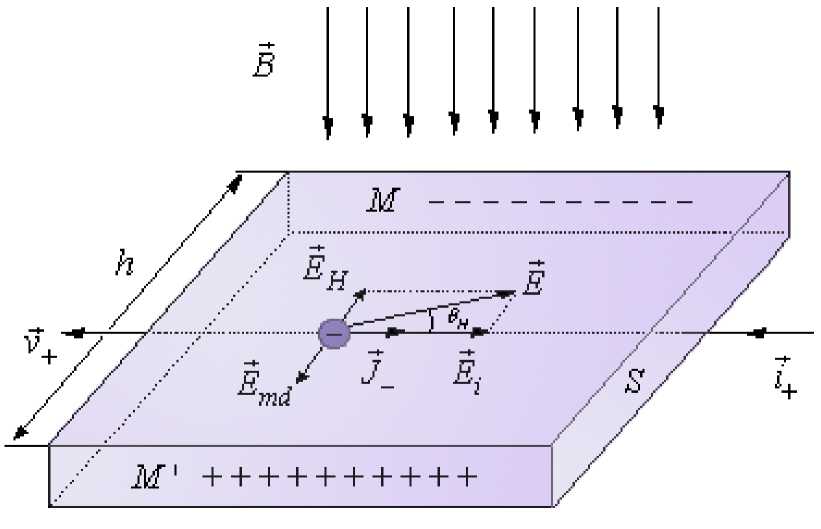Implications for microtubule function
No Hall effect in microtubules
The Hall effect is phenomenon leading to anisotropy of the electroconductivity in
a conductor or semi-conductor and is caused by magnetic field whose induction
B is perpendicular to the vector describing the current density J . In this
anisotropy the vector J and the electric intensity vector E are not collinear, but
form angle θH between them, called Hall angle. Hall effect, discovered in 1879,
is almost invisible in metals but is much more pronounced in semi-conductors!

Fig. 16 The Hall effect in metal lamina with monotype carriers of negative
charges (electrons). Modified from Zlatev (1972)
54
More intriguing information
1. AN ECONOMIC EVALUATION OF THE COLORADO RIVER BASIN SALINITY CONTROL PROGRAM2. The name is absent
3. The name is absent
4. The Clustering of Financial Services in London*
5. The name is absent
6. DETERMINANTS OF FOOD AWAY FROM HOME AMONG AFRICAN-AMERICANS
7. A Duality Approach to Testing the Economic Behaviour of Dairy-Marketing Co-operatives: The Case of Ireland
8. Graphical Data Representation in Bankruptcy Analysis
9. A novel selective 11b-hydroxysteroid dehydrogenase type 1 inhibitor prevents human adipogenesis
10. The name is absent